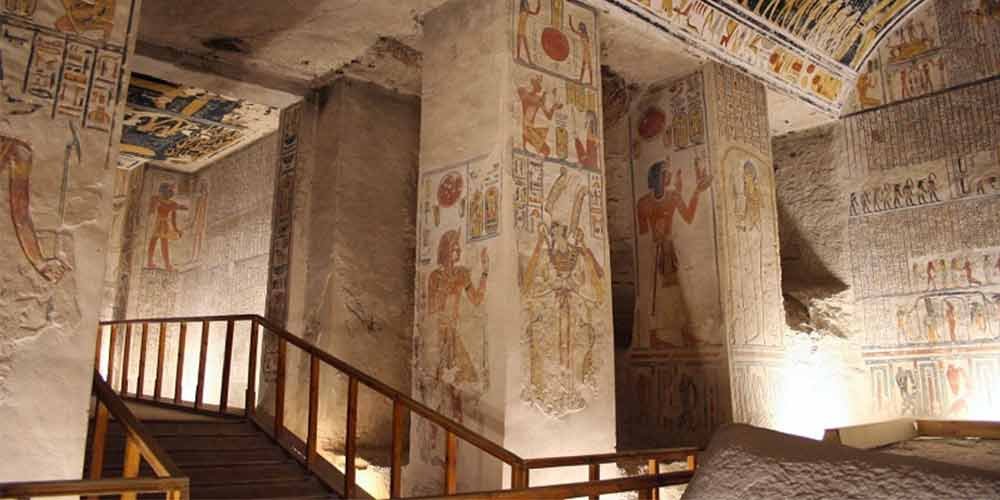Amazing Deir el-Medina: Unraveling Egypt’s Unsung Artisan.
Journey to Deir el-Medina, the sanctum of artisans who breathed life into pharaohs’ legacies.
The ancient wonders of Egypt are vast and impressive, from the monumental pyramids of Giza to the intricate temples of Luxor. Yet, nestled amidst these majestic structures lies a modest village with an unparalleled historical significance – Deir el-Medina, or Dayr al-Madīnah. A quiet testament to the everyday lives of ancient Egyptians, this village was home to the unsung heroes who crafted the awe-inspiring tombs in the Valley of the Kings.
1. Historical Context
Deir el-Medina is situated on the west bank of the Nile, opposite modern-day Luxor. This village, established during the reign of the 18th Dynasty Pharaoh Thutmose I, flourished for nearly four centuries, housing generations of artisans who worked on the tombs of the New Kingdom pharaohs and nobles in the nearby Valley of the Kings and Valley of the Queens.
2. Village Layout & Structure
Distinct from many other ancient settlements, Deir el-Medina was meticulously planned. The main street divided the village into two parts, with neatly aligned houses on either side. Each house followed a typical design with a main entrance, a couple of rooms, a kitchen, and sometimes a small chapel or shrine. Given the village’s religious significance, a large central temple was also built in honor of the local deity, Hathor, and another to honor the deified Amenhotep I.
3. The Community of Deir el-Medina
The village was not just a settlement; it was a tight-knit community of skilled artisans, including painters, sculptors, and builders. Their specialization in crafting tombs is evident from the plethora of artifacts, ostraca (pieces of limestone or pottery used as writing surfaces), and inscriptions left behind. These artifacts offer a unique insight into the daily lives, religious beliefs, and even the interpersonal disputes of the villagers.
Moreover, the workers of Deir el-Medina were among the very few literate individuals in ancient Egypt, enabling them to document their lives, beliefs, and challenges. Their writings range from simple grocery lists to more complex letters and legal documents, providing an invaluable window into the society’s socioeconomic dynamics.
4. Spiritual Significance
Spirituality permeated every aspect of life at Deir el-Medina. Given their intimate work with the tombs, the villagers had a profound understanding of death and the afterlife. This deep spiritual connection is evident in the numerous stelae, chapels, and small tombs in the village itself. The local gods, particularly Hathor and the deified Amenhotep I, played a central role in their worship.
5. Archaeological Importance
Deir el-Medina is a treasure trove for historians and archaeologists. Its preserved state, combined with the abundance of written records, provides a more holistic understanding of ancient Egyptian life than perhaps any other site. The ostraca alone have offered invaluable insights into everything from the techniques used in tomb construction to the medicinal practices of the time.
6. Decline and Rediscovery
With the end of the New Kingdom and shifting burial practices, the necessity for Deir el-Medina waned. The village was eventually abandoned, only to be rediscovered millennia later by modern archaeologists. Today, it stands as a UNESCO World Heritage Site and a testament to the lives of those who played a pivotal role in creating Egypt’s eternal monuments.
Conclusion
While the pyramids, temples, and tombs of ancient Egypt stand as testimony to the nation’s grandeur, Deir el-Medina reminds us of the individuals behind these masterpieces. This humble village, with its intricate web of streets and homes, embodies the spirit of the unsung artisans who, brick by brick, built the foundations of Egypt‘s immortal legacy.

Explore Egypt Tours Tripadvisor


Comment (0)